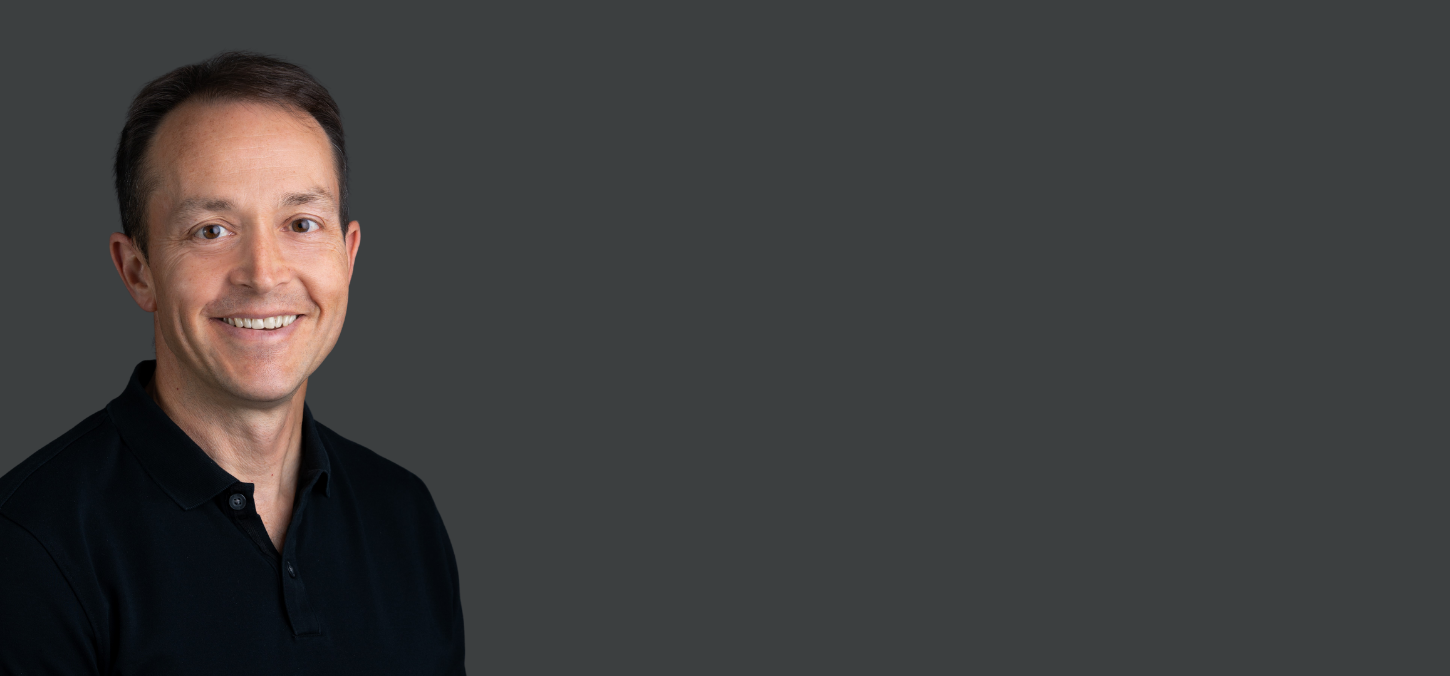
COVID-19: Impact on Dentistry and the Indigenous Community
By Derek Lewis 9T7
At the start of the COVID-19 pandemic, I owned and operated two dental practices, one here in Sudbury and one located in Wikwemikong (now Wiikwemkoong). We had no dentist available to treat the emergencies in Wikwemikong. Wikwemikong is located on Manitoulin Island and where I grew up and did my primary schooling.
It is obvious that COVID-19 has had a massive worldwide impact. Both the actual toll of the pandemic, along with various travel and supply issues. We have never been through this in our lifetimes and it has been a struggle on many levels.
Being unable to work when the pandemic began was very difficult. On a personal level, I have never been unemployed or out of school since the age of sixteen. It took time to safely figure out how to treat patients and procure the proper personal protection equipment (PPE). A lack of dentists working caused a backlog in dental treatment. We, as dentists, were counted as essential workers but limited to emergency treatment only. This lack of treatment created more emergencies.
As we learned more about COVID-19 and were provided with guidance from our governing bodies, we slowly expanded our services and got back to our new version of normal. The added PPE is likely here to stay. It adds time, cost and discomfort but seems necessary at this time to protect our staff and patients. Patients became less hesitant about coming in as they became better educated about COVID-19 and it became necessary to travel and treat dental emergencies back at home in Wikwemikong.
Throughout the closure, I answered phone calls from 10 a.m. to 2 p.m. daily and prescribed when necessary. I rarely had to physically see a patient here in Sudbury during the three months we were forced to shut down. In Wikwemikong, I was required to work three days treating emergencies. There is a definite imbalance between treating in a city versus on a Native reservation.
The reservation was extremely cautious allowing people into the community, including myself. They had a screening process prior to coming into the community and again before being allowed into the Health Centre. I understood the apprehension and fear they had; I was cautious and fearful as well. My main concern was they were not receiving any dental care which would create more problems. I was also worried for the community because of the higher rate of comorbidities and the devastation it would have should COVID-19 take hold.
Native people generally have much poorer living conditions and poorer overall dental health. There is a government run dental program that is used to service Native dental care called the Non-Insured Health Benefits (NIHB) program. It is not full compensation for treatment rendered but a percentage. It can be a difficult task learning the ins and out of the program. This results in dentists deciding to refuse Native patients into their practices or charging them full rate. I have come across patients asked to leave a practice or not welcomed in mainly because they were Native and only have the government run NIHB insurance.
When I started practising dentistry in 1997, this program was underfunded. It used a ten-year old fee guide and was only paying a percentage of that old guide. I made the mistake in a Health Board meeting in Wikwemikong of calling it welfare dentistry. One of the local Native politicians was upset by the term and wanted to know what I meant by it. I explained that the program pays so little it is similar to the very low compensation we get when treating Ontario Works patients. Compensation is as follows using 100 per cent for the insured/non-insured patient. By comparison we get 70 per cent of a ten year old fee guide (so roughly 50 per cent of a current guide) for Native or NIHB patients. Finally, 30 per cent of the guide for ODSP and Ontario works patients.
Things have improved on the NIHB fee guide as we are using a newer guide but still the lower percentage for NIHB patients. Dentists would prefer full compensation and to not have all the hassle of dealing with a government run dental program. Still the same bureaucracy you would expect with any government program. With audits and supposed cost saving measures, the Native patient is not the focus.
With a 90 per cent Native patient load in the Wikwemikong practice we primarily dealt with this program. It has been difficult working with a government-run insurance plan that does not put patient care first. We are currently accepting patients in the Sudbury office from all three government run programs. Based on demographics, we have less Native patients in Sudbury. We still continue working with the government programs currently in place. I would love to see improvements in all of these programs to facilitate more dentists participating in them.
I have always thought people should be treated the same regardless of skin colour, culture, and religion. I am a light skinned, Native, Catholic dentist. Except for the dentist part, I did not choose these attributes yet I am judged for all of these features. We all have a shared interest in caring for this beautiful country and the people in it whether new or old to it.
Photo: Derek Lewis (provided by Derek Lewis)